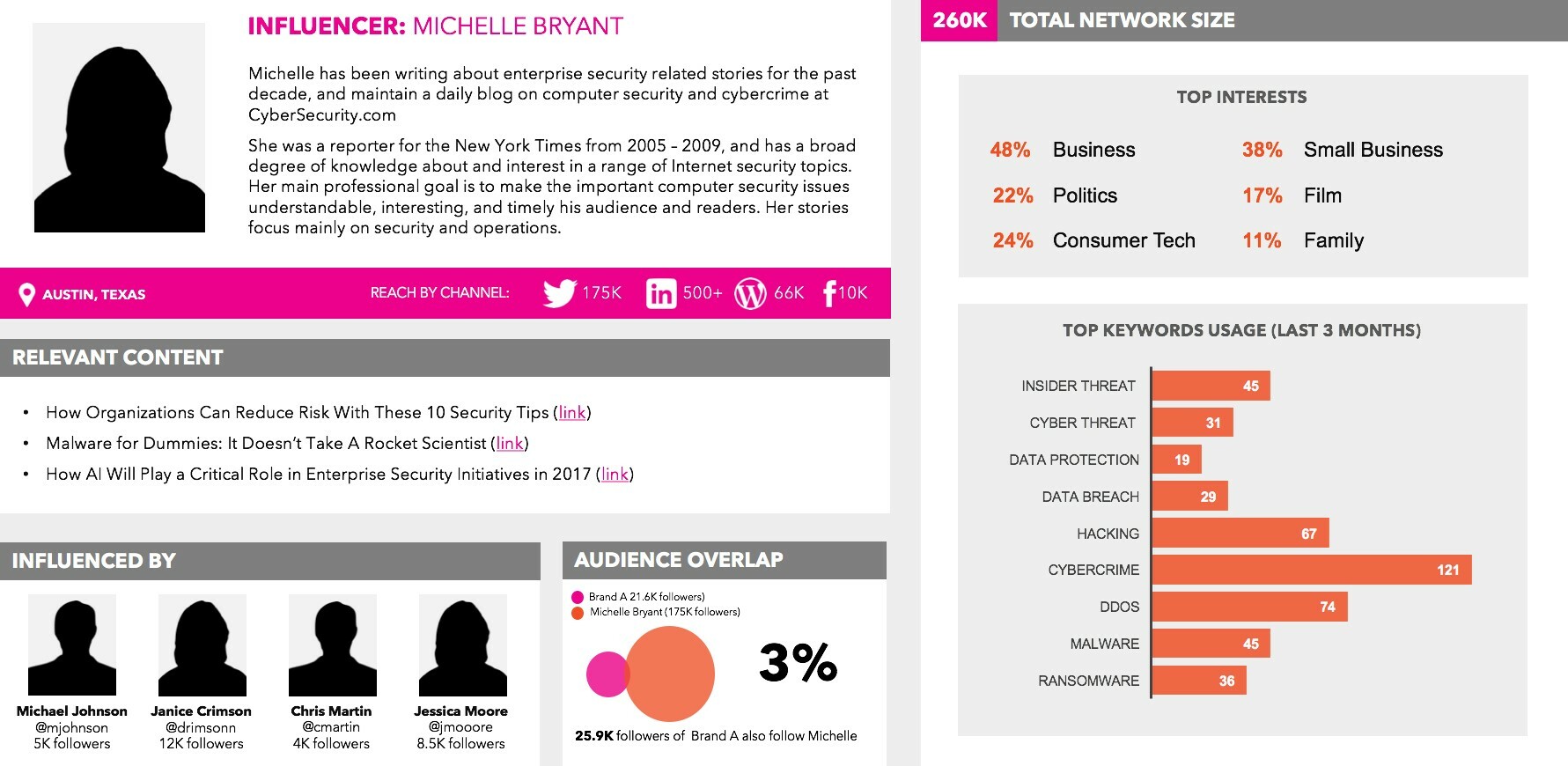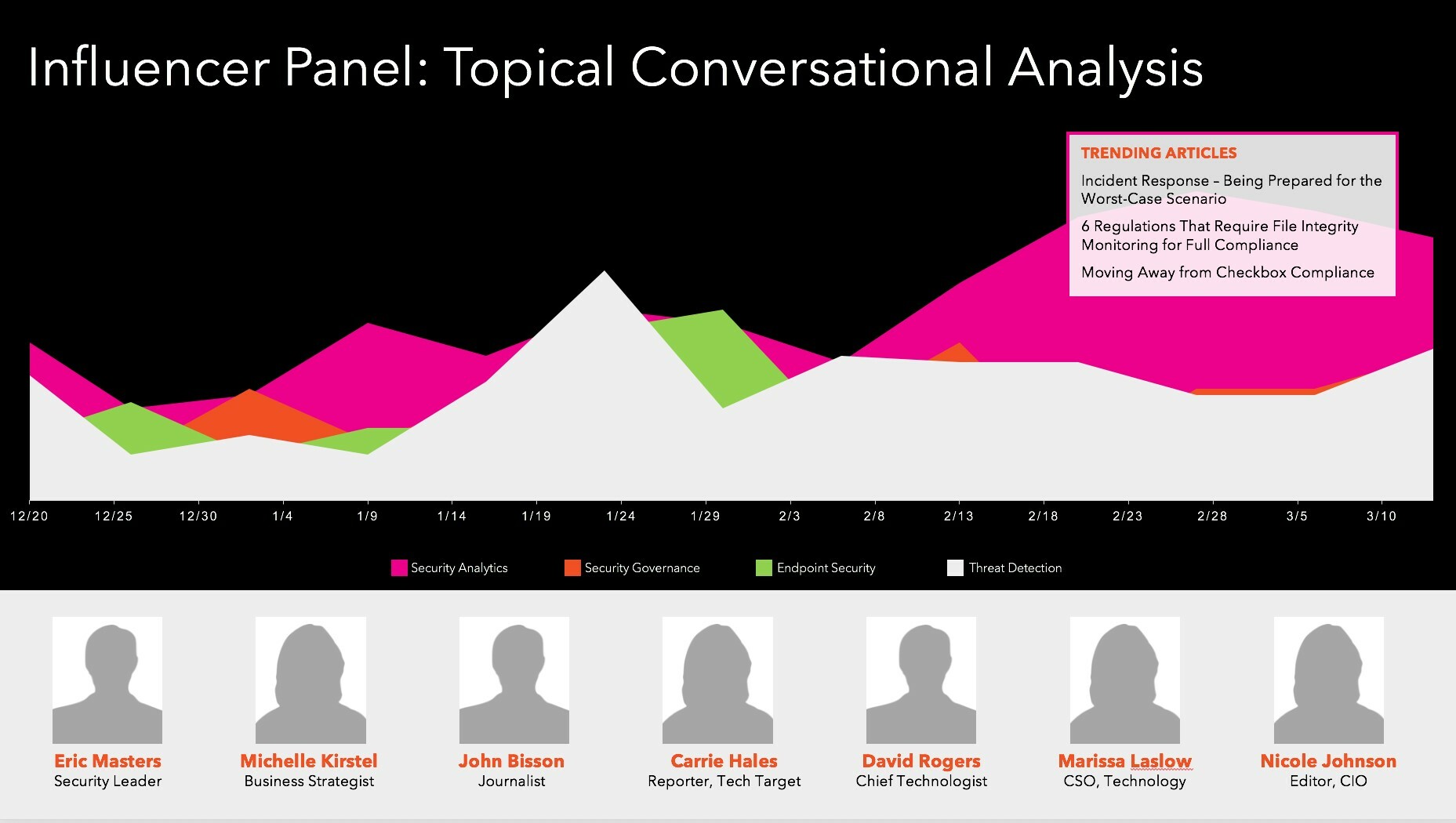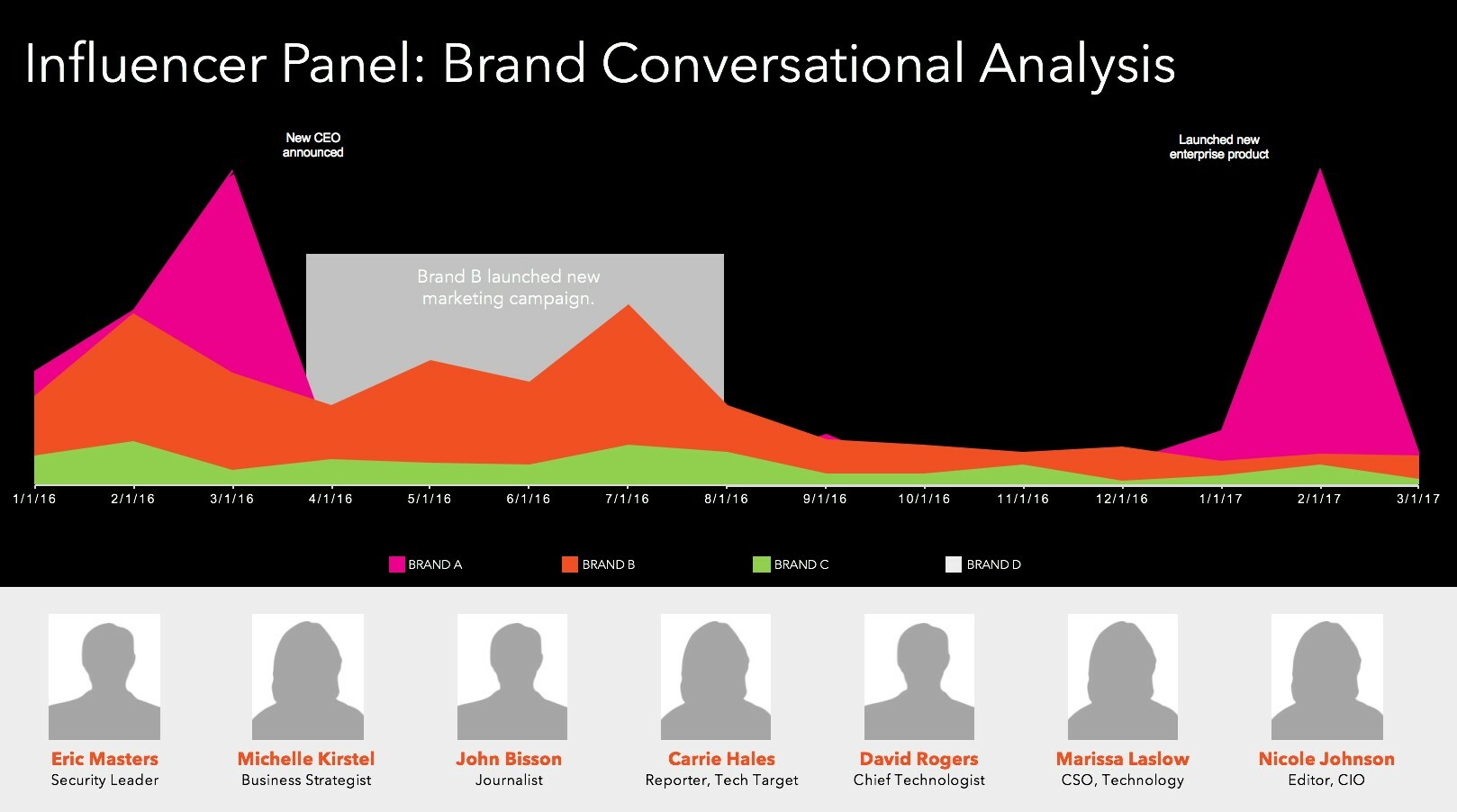 No one can doubt that purchase behavior has changed over the last few years. Most searches for a technology provider start online, and usually in Google. B2B decision makers get as far as two-thirds through the buyer’s journey before they reach out to a vendor, if the vendor meets the entry-level technical requirements.
No one can doubt that purchase behavior has changed over the last few years. Most searches for a technology provider start online, and usually in Google. B2B decision makers get as far as two-thirds through the buyer’s journey before they reach out to a vendor, if the vendor meets the entry-level technical requirements.
Reaching B2B decision makers is difficult, and controlling the narrative they’re exposed to is even more challenging. They are sophisticated, well-educated and extremely skeptical about marketing. They rarely pick up calls from sales, they don’t read press releases or company websites and they often avoid any type of direct interaction with a business until they decide it’s time.
We can’t blame them because they are the most marketed-to segment online today. Every technology company with a marketing budget and a brand message is trying to reach this same audience, every single day and in every possible channel.
This is why influencer marketing is so important.
A recent report revealed that 43 percent of marketers are experimenting with influencer marketing programs. and an even higher percentage claims that their influencer marketing programs are strategic.
But what exactly is influencer marketing? Ask 10 people and you’ll get 10 different answers—and if you add “B2B” to the conversation, you’ll get blank stares.
I have been managing influencer programs since my days working at Intel in 2009, way before influencer marketing was even a thing. We had a program called “Intel Insiders” and invited an elite group of technology influencers to the Intel campus in Santa Clara, Calif., CES and other Intel-sponsored events to meet with executives and customers.
Influencer marketing in the consumer space is straightforward. There are several networks in the market like Clever and InstaBrand that have established relationships with YouTube, Instagram and Snapchat influencers. If you have enough budget, you can turn on and off influencer programs by clicking a few buttons. It’s a plug-and-play type of program.
B2B influencer marketing is a bit more complicated. Identifying the right influencers is the most critical step, and it’s far beyond just looking at follower count. It requires research—a lot of research. You must consider their reach, relevance and resonance:
- Reach: How large is their community across all channels—blogs, contributed posts, social?
- Relevance: How often are they talking about the topics that are relevant to your business?
- Resonance: When they create content, how does it resonate with their broader audience and does it result in engagement?
Once you identify the right influencers, you’ll need to build their profile and research their conversations and online behavior. Here’s a quick example, using a fictional influencer named Michelle.
Profiling and researching B2B influencers
Michelle is an influencer in the enterprise security industry. She can reach up to 260,000 people when she publishes a single piece of content. This number is calculated by taking the sum of her followers on social media, blog readership and RSS subscribers. This number equals her total network size. Michelle’s top interests include business, politics, consumer technology, film and family. Despite what your predefined marketing persona says, people who work in information technology do have families and interests outside of technology.
Michelle’s top interests include business, politics, consumer technology, film and family. Despite what your predefined marketing persona says, people who work in information technology do have families and interests outside of technology.
The more you know about the influencer, the better equipped you’ll be to understand what they care about so you can craft pitches or content programs that will resonate deeply with what they care about.
From an enterprise security standpoint, you can examine her conversational patterns—the top keywords and topics that Michelle is discussing online and how often she discusses these topics within her editorial and social content.
This is critical.
Influencers drive the market. They create the conversations that everyone else talks about. They are the creators of buzzwords (think digital transformation, future of work) and new markets, and they influence search behavior. If an influencer begins to talk about enterprise security in a different way and is repetitive in using certain terminology, others will begin to search for that same language.
And the question you must ask yourself is whether your branded content is appearing in search results, especially when B2B decision makers are the ones searching.
Michelle would undoubtedly be an important person for your brand to build a relationship with, but she doesn’t live in a bubble. She, too, is most likely influenced by others, who are influenced by others, so on and so forth. We all leave digital breadcrumbs when we share content online, retweet other people or link to others’ content. It’s important to understand who is influencing the influencer for that very reason.
If you are having a hard time reaching Michelle or she’s not engaging with your content, you can slightly pivot your program to target those who influence her.
Understanding audience overlap is also critical. This data point illustrates the percentage of people that follow Michelle and your company in social media. The lower the percentage the better. Why? Because if Michelle begins to engage with your content, you will be reaching an entirely new audience.
If you were to discover that your brand and Michelle share a significant proportion of the same audience—say, 80 percent—you’re already talking directly to her followers. Would building this relationship be the best use of your time?
Profiling one influencer is great, but the question I always get is, “How do we scale and grow our influencer program?” And the answer is: You scale by building influencer panels
Building influencer listening panels
Imagine having access to a searchable database that pulls in every piece of influencer content over the past 12 to 18 months, allowing you to understand their dominant topics of conversation, hashtag usage and what they are writing and reading.
Now imagine being able to easily understand how influencers rank among one another at any given point in time and how their influencer changes over time. Think of a listening panel like a Google search, but the results returned are only from the influencers.
Typically, I’ve found the most success with influencer panels that range between 50 and 100 people. In this enterprise security example, I have categorized four topics to help us understand what is top-of-mind for the influencers in this panel: security analytics, security governance, endpoint security and threat detection.
In this enterprise security example, I have categorized four topics to help us understand what is top-of-mind for the influencers in this panel: security analytics, security governance, endpoint security and threat detection.
By doing this, you can see patterns of discussion rise and fall over the last 12 months. You can also go deeper to see what is causing the data to fluctuate. Perhaps there was a major security breach, a CEO announcement or a new white paper was released.
Again, if you can understand what’s top-of-mind for influencers today, you can shift your messaging to match their conversation and build very targeted campaigns (blog posts, bylines, social content) based on those topics.
This accomplished two things: brand relevance and search engine visibility. Speaking of relevance, you can also track influencer conversations to understand how often (or not) they are talking about you company, your CEO, products, etc., versus your top competitors. While this data may not seem actionable, it is, because you can strategically place your executives in influencer’s cross hairs though relationship building, events or strategic paid media.
Speaking of relevance, you can also track influencer conversations to understand how often (or not) they are talking about you company, your CEO, products, etc., versus your top competitors. While this data may not seem actionable, it is, because you can strategically place your executives in influencer’s cross hairs though relationship building, events or strategic paid media.
These data points are also a reminder of how relevant you are among a group of individuals that are shaping the technology market.
The role that your business plays online in the B2B decision-making process means it warrants an influencer strategy to ensure that you’re getting the most out of it. To put this in perspective, one study found that 75 percent of B2B buyers were influenced by information they found on social media, showing that having a well-thought-out strategy really can prove to be critical.
Once you profile your influencers and do a complete analysis of their conversation, you can begin planning how you will activate them across your brand’s paid, earned and owned media channels.



